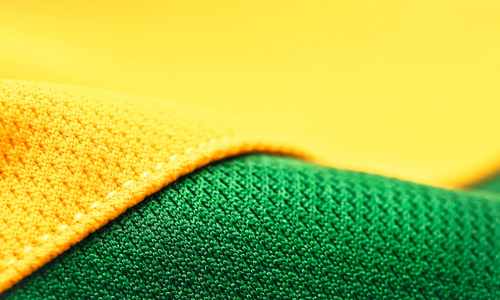Sock Shopping Made Easy: A Comprehensive Guide to Choosing the Best Sock Materials
Cotton: The All-Rounder

Wool: The Winter Wonder


Bamboo: The Newcomer


Synthetics (Nylon, Polyester & etc.): The Quick-dry Choice


On the downside, like cotton, synthetic materials can retain moisture, potentially leading to odour and fungal growth. Therefore, they are not recommended for people with sensitive skin.
Silk: The Luxury Option


The cons of silk socks are their high cost, the extra care they need compared to other materials, and their delicate nature, making them prone to tearing.
The Best Sock Materials for Every Need
| Need | Best Sock Materials | Description |
|---|---|---|
|
Comfort and Cushioning
|
Cotton, Wool, Merino, Cashmere, Bamboo
|
These materials are known for their soft, cushiony feel on the skin, making them ideal for comfort during everyday wear or activities requiring extended wear.
|
|
Durability
|
Cotton, Bamboo, Polyester, Spandex, Nylon, Polypropylene
|
These materials are strong and can withstand frequent wear and washing. They're excellent for activities that might involve a good deal of stress on the socks, such as sports and outdoor activities.
|
|
Sweat and Moisture Wicking
|
Bamboo, Cotton, some Polyesters, Polypropylene
|
These materials absorb moisture from the skin and allow it to evaporate, keeping your feet dry. They're especially suitable for athletic activities or for people whose feet tend to sweat a lot.
|
|
Insulation and Warmth
|
Wool, Merino, Cashmere
|
These materials are natural insulators, capable of trapping heat and keeping your feet warm even in cold conditions. They're perfect for winter socks or for people in colder climates.
|
Choosing the Best Fabric for Socks
Socks for Sweaty Feet
Long Lasting Material for Socks
Odor-Resistant Socks
Your ideal sock material will be influenced by factors such as weather conditions, planned activities, and wear duration. With a variety of options available, from cotton’s versatility, wool’s winter-friendly attributes, and bamboo’s innovative properties to synthetic quick-drying materials and luxurious silk, you can easily find the perfect sock material that meets your specific needs. Check what Darlington and Exped offer to you. So take your time and choose wisely!

